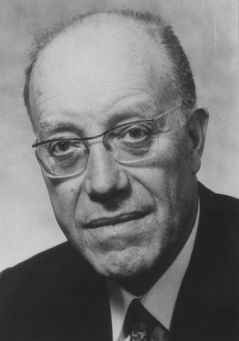MLZ is a cooperation between:
 > Technische Universität München
> Technische Universität München > Helmholtz-Zentrum Hereon
> Helmholtz-Zentrum Hereon
 > Forschungszentrum Jülich
> Forschungszentrum Jülich
MLZ is a member of:
 > LENS
> LENS > ERF-AISBL
> ERF-AISBL
MLZ on social media:

MLZ (eng)
Lichtenbergstr.1
85748 Garching
Neutron Research
Just a few years after the first discovery of the neutron by James Chadwick in 1932, scientists observed that neutrons can be diffracted using crystalline matter. Since that time, neutron scattering methods as analytical techniques have improved, so that today they have evolved into a diverse range of powerful methods providing subtle information about the properties and the behaviour of almost all kinds of materials.
Neutron research contributes to
progress in many scientific fields, such as:
- Archeology
- Biology & Biophysics
- Chemistry
- Condensed Matter
- Geo Sciences
- Magnetism
- Materials Science
- Medicine
- Particle Physics
Application examples








Milestones and Nobel Prizes
in the Field of Neutron Research
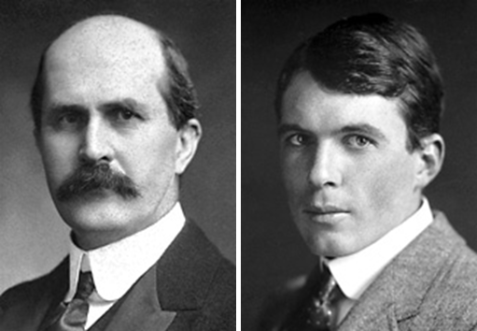
W. H. Bragg (1862 – 1942) and W. L. Bragg (1890 – 1971): Bragg Equation Nobelprice 1915 (Pictures: The Nobel Foundation, www.nobelprize.org)
1913 Bragg Equation:
Nobel Prize 1915
W. H. Bragg
(1862 – 1942)
W. L. Bragg
(1890 – 1971)
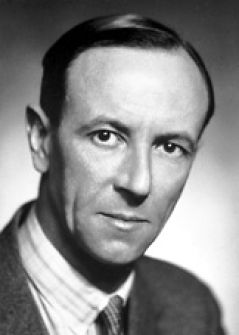
James Chadwick (1891 – 1974): Discovery of the neutron: Nobelprice 1935 (Picture: The Nobel Foundation, www.nobelprize.org)
1932 Discovery of the neutron:
Nobel Prize 1935
James Chadwick
(1891 – 1974)
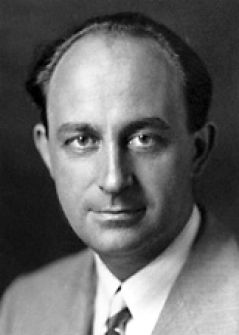
Enrico Fermi (1901 – 1954): Observaion of slow neutrons: Nobelprice 1938 (Picture: The Nobel Foundation, www.nobelprize.org)
1934 Observation of slow neutrons:
Nobel Prize 1938
Enrico Fermi
(1901 – 1954)
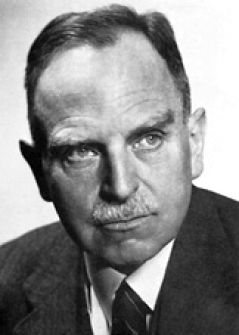
Otto Hahn (1879 – 1968): Discovery of nuclear fission: Nobelprice 1944 (Picture: The Nobel Foundation, www.nobelprize.org)
1938 Discovery of nuclear fission:
Nobel Prize 1944
Otto Hahn
(1879 – 1968)
not rewarded for their contribution:
Lise Meitner (1878 – 1968)
Otto Frisch (1904-1979)
1957 Development of research with neutrons
Heinz Maier-Leibnitz
(1911 – 2000)
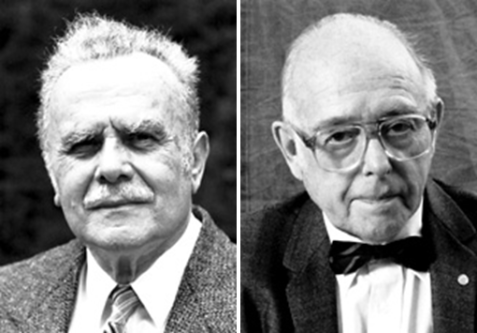
Bertram N. Brockhouse (1918 – 2003), left and Clifford G. Shull (1915 – 2001), right: Nobelprice for the development and application of neutron diffraction methods for studies of atomic and magnetic structures of solids 1994 (Pictures: The Nobel Foundation, www.nobelprize.org)
Development of neutron scattering techniques for studies of condensed matter:
Nobel Prize 1994
Bertram N. Brockhouse (1918 – 2003)
Clifford G. Shull
(1915 – 2001)
MLZ is a cooperation between:
 > Technische Universität München
> Technische Universität München > Helmholtz-Zentrum Hereon
> Helmholtz-Zentrum Hereon
 > Forschungszentrum Jülich
> Forschungszentrum Jülich
MLZ is a member of:
 > LENS
> LENS > ERF-AISBL
> ERF-AISBL
MLZ on social media:



